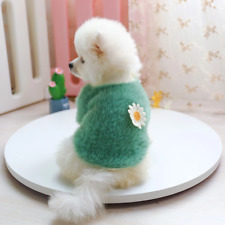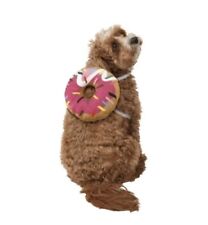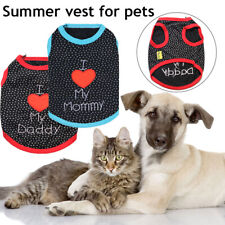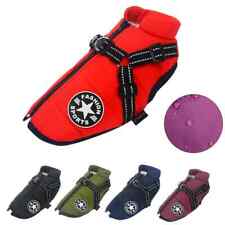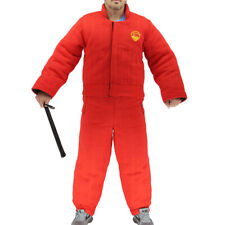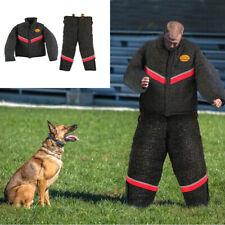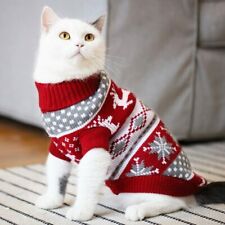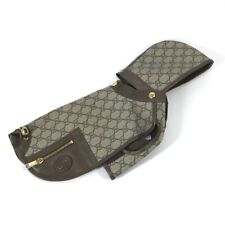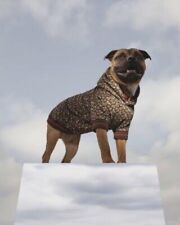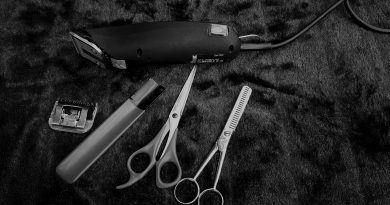Grooming Your Dog

Benefits of Regular Grooming
Grooming your dog offers an ideal opportunity to also check its nails, teeth, ears and eyes, and to check for any lumps or scabs which may have developed since last time. Many dogs do not visibly need grooming on a regular basis except when they are shedding their coat. However, some breeds of dogs require extensive grooming on a regular basis to avoid widespread knotting of the hair and possible sores on the skin. You must think about how much time you are prepared to spend doing this before you choose what breed of dog to buy.
Grooming Requirements Differ between Breeds
Long-haired breeds will need grooming every day to avoid build up of knots and tangles. These include German Shepherds, Golden Retrievers, Newfoundlands and Bearded Collies. Breeds such as the Standard Poodle do not shed their coat, which means their hair needs to be cut to keep it in check. This does not mean that they do not need grooming however. Breeds such as Irish Setters and Springer Spaniels have what is called ‘Silky’ hair. This means that the dead hair has to be removed by hand. Otherwise, the hair will become matted and the dog will develop sores if left unchecked. Getting your dog used to grooming at a young age is especially important with breeds that do require a lot of work. The most time-consuming are wire-haired breeds like the Schnauzer. Their coats will need to be hand ‘stripped’ at least twice a year. In addition, their coats need to be groomed as often as is possible.
First Steps
The first stage in grooming is to vigorously run your hands through the dog’s hair. Not only does this acclimatize your dog to the feeling of being groomed, but it will also show you which areas need the most attention. Run your hands all over the dog – including behind the ears and under the belly. Your dog is likely to really enjoy this invigorating feeling, and it also helps to stimulate the natural oils of the skin.
After this, you can begin to use the grooming tools, which may be different depending on what breed you have. You will usually need a good strong comb (its best to use a metal one), a pair of scissors, and a comb with sharp edges instead of prongs. Special areas to attend to include the hair behind the ears, the hair around the genitals, the hair along the muzzle and the hair between the toes.
Bathing Your Dog
If you are planning on bathing your dog, you should groom it first. This is because the shampoo will not get through the whole coat unless you have removed matting first. You should not bath your dog more often than necessary, since shampoos will remove the natural oils that protect your dogs skin and hair. When shampooing, you should not use everyday soaps or cleaners.
You can get advice about dog shampoos from your vet or from good stockists. Dog shampoos produce less lather, which is very useful if your dog does not like being rinsed! If your dog experiences any skin reaction after bathing, consult your vet about the shampoo you are using – you may need to purchase a medicated shampoo.
If you are not taking your dog to a professional groomer (who will usually bath your dog for you), you can use your bath at home. Be sure to put a non-slip mat in the bath to prevent your dog from slipping and hurting itself. This also prevents scratching to the enamel. When your dog is secure in the bath, gently introduce the water. This is best by use of an extendible shower head.
The water should be warm, and avoid spraying the water straight at his face, ears or genitals. Wet the dog all over, talking to and massaging your dog as you go. Next introduce the shampoo, working from the top of the body down and finishing at the face. Dog shampoo will probably not sting the dog’s eyes but you should still be careful.
When you are sure your dog is thoroughly covered in shampoo, it is time to start rinsing. Again, start from the top. When you are sure that all shampoo has been removed, switch off the water and squeeze the hair with your hands to remove the excess. Do this before the dog gets out of the bath! Then give your dog a good rub down with an old towel to remove excess dampness. If your dog can tolerate a hairdryer, be sure not to put it too close to the skin. If not, then you will need a couple more towels.
How did it go?
To finish off the process, give the hair a brief run through with a good brush. The hair should be soft and silky, and free of matting and knots. If you find that this process is too stressful for you or your dog, you can hire a professional to do it. You may even be able to get enough tips from them to be confident of trying it again next time round.

